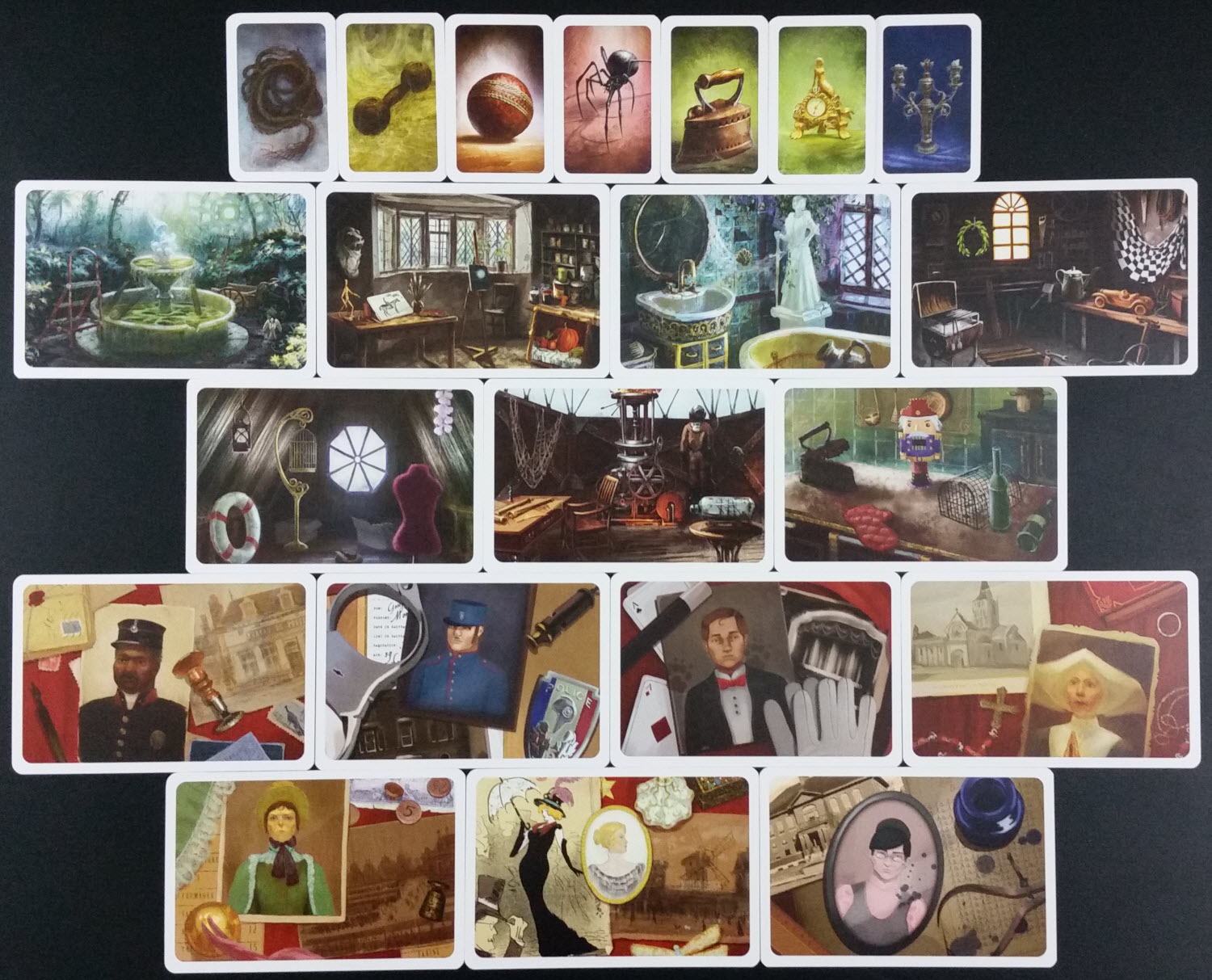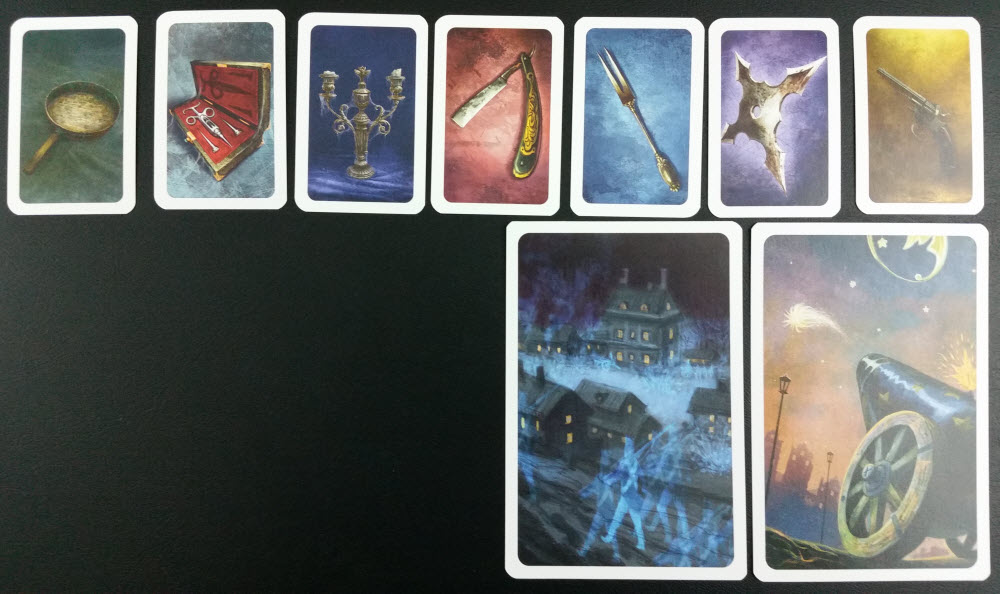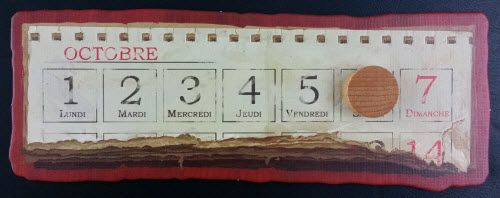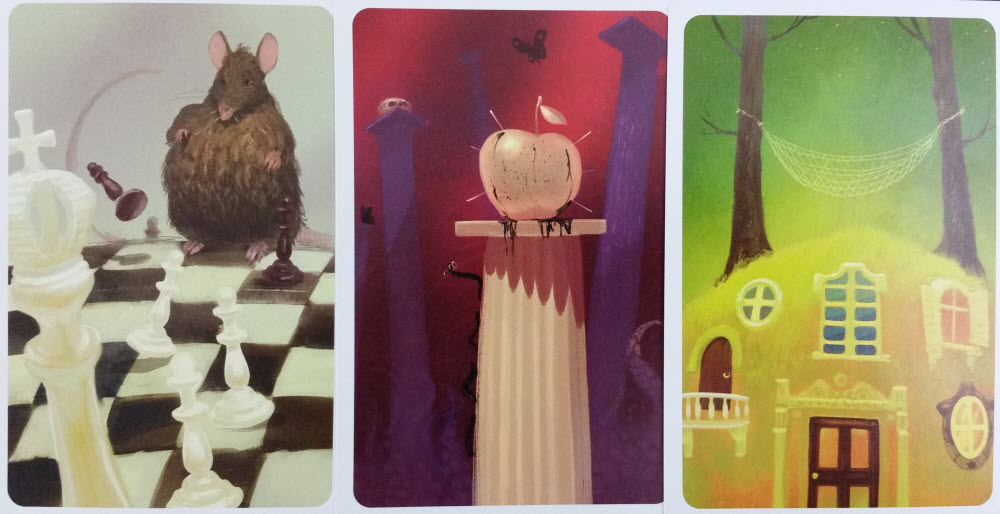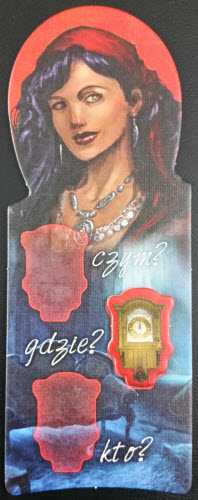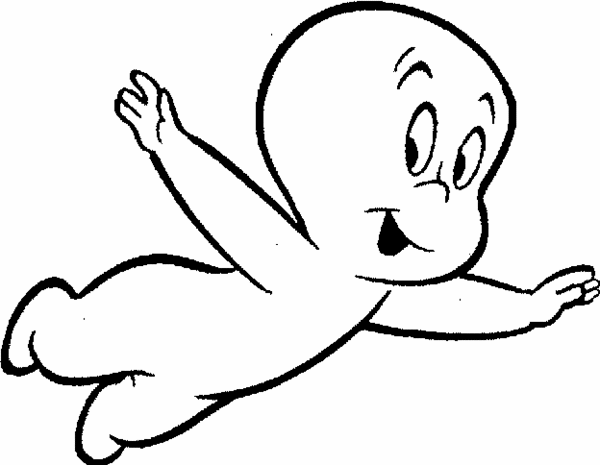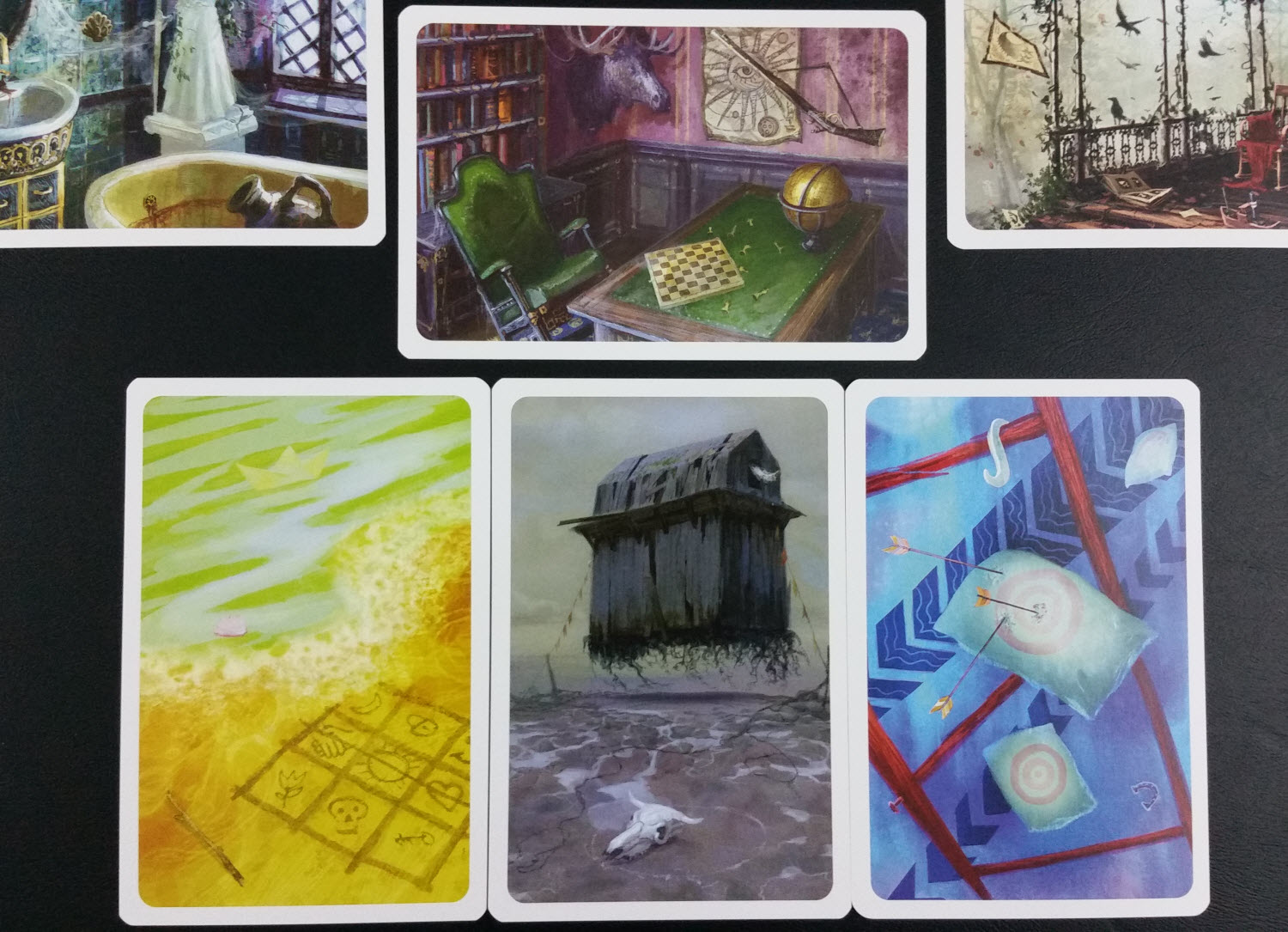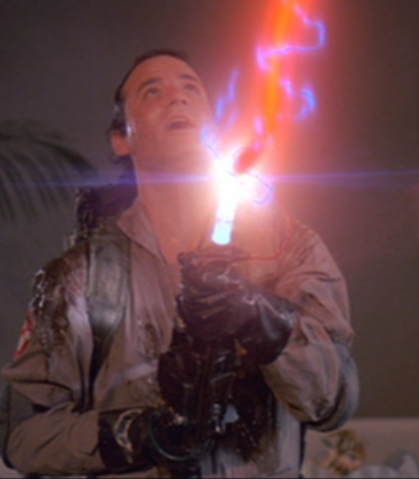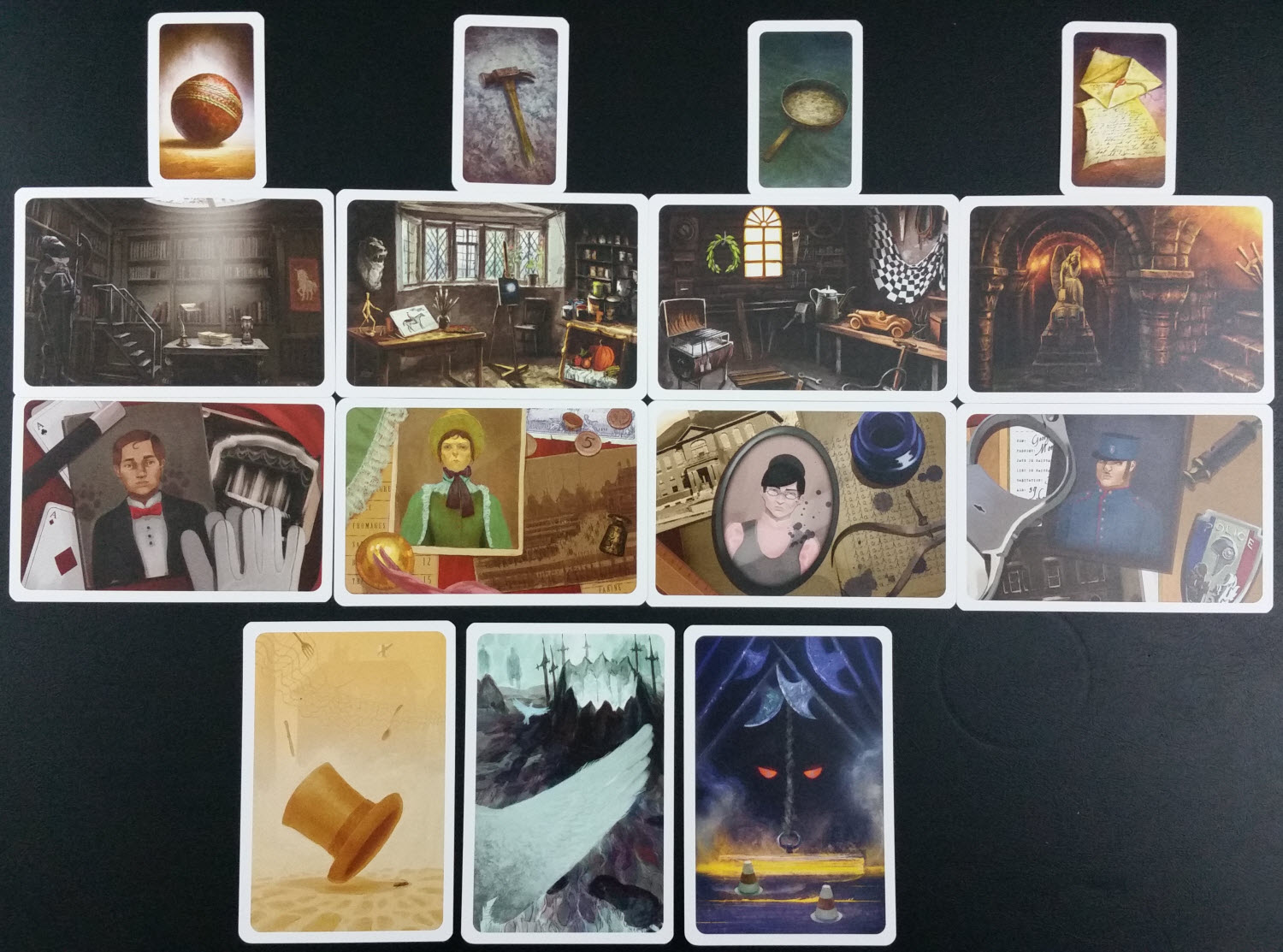Note: This review pertains to the Polish & Ukrainian Editions of Mysterium, also known as Tajemnicze Domostwo
Andrei Kotowski found himself in a bright green field. Surrounding it on three sides stood a 20 foot tall fence that appeared to be made out of toothpicks. Before him stood a dark oak dresser that was missing half its legs. It rocked slightly but never appeared in danger of toppling over.
On close inspection he glanced atop this dresser three mice on their hind feet. Each of them held a tiny wooden cane in the air that, in turn, was being used to balance a single spinning plate at different speeds. Together, the plates produced audio not unlike a whispering voice, but it was hard to make out distinct words. Straining, he leaned further in. It almost sounded like…
Andrei awoke from his dream and quickly hopped out of bed to get dressed. Somehow, he simply knew who he had to investigate.
The Premise
Years ago, the resident of a countryside manor was wrongly convicted and executed for a crime he didn’t commit. His spirit remains in the house, however, unable to rest until the true killer is exposed. Players are tasked to do just that, with one person taking on the role of the benevolent clue-offering ghost while everyone else are investigators trying to interpret those clues.
The Rules
Mysterium is an asynchronous Co-Op card game about otherworldly deduction. Setup for Mysterium takes just a couple minutes, as it’s comprised almost exclusively of a deck of Dream cards and three pairs of matching card decks: Items, Locations, and Characters.
To begin, players reveal equal amounts of Item, Location, and Character cards from the Investigator deck depending on the number of players and desired difficulty level.
Then, one player is chosen to be the Spirit and draws six Dream cards. The remaining players will be Investigators. Each Investigator receives a small player progress board and matching player markers.
Meanwhile, the Spirit player searches the Spirit decks for cards matching those revealed. From these, that player secretly chooses one Item, Location, and Character card for each Investigator, creating the card sets the players must discover.
Mysterium is played over seven rounds consisting of two phases, with each round representing a single day. During the first phase, players receive their dreams. The Spirit chooses one or more Dream cards and gives them to a player who hasn’t received cards that round, then draws replacements. Each Dream card has a unique image that the Spirit player uses as context clues towards the card the recipient is seeking. This is repeated until every Investigator receives at least one Dream card. This is the only way the Spirit can provide clues to the other players – they are not otherwise allowed to communicate with Investigators.
As soon as the first player has been given at least one card, players begin investigating. Investigators look at the cards provided and, with one another’s aid, select which face up Item they think Spirit is trying to guide them to. Once everyone has made their guesses, play proceeds to the second phase of the round where the Spirit reveals whether or not players were correct.
If a player correctly guesses their Item card, they move on to guessing their Location and Character cards in the same manner during subsequent rounds. If a player is incorrect, however, they are provided with additional Dream cards in the next round and must try to guess the correct card again.
Once every Investigator has discovered their Item, Location, and Character cards, the final phase of the game begins. Here, the Spirit collects the correctly-guessed Character cards and selects one at random. This is the True Culprit. Next, the Spirit selects one or more Dream cards to show to all Investigators as clues, while the remaining Dream cards are revealed and set aside as non-clues. Players must collectively choose which Character card they think best fits the Dreams. If they are correct, the players win and the restless Spirit can finally find peace. If not, play proceeds to the next round to try again.
If the True Culprit is not discovered by the end of the seventh round, the players fail in their mission and are forever branded paranormal charlatans.
Casper’s Legacy
Every game offers some kind of hook to capture your attention. Some draw players in with deep and calculating strategies. Others encourage us to dive into a particular character or location. Mysterium does it through its artwork.
Given that the entire game is played by visually inspecting and dissecting cards, Mysterium spared no expense putting all of its creative effort into making its cards as iconic as they are impressive. Every card brims with visual detail and a distinct lack of context on oversized card stock. Instead, they are full of perplexing imagery and vague locations that lack clarity or definitive purpose. Using these cards, Mysterium pulls you into its brooding and ethereal setting, asking you to solve the crime on the one hand while trying to confound you on the other.
By being both intricately designed and deliberately obtuse, the game’s cards leave little in the way of guaranteed interpretations. This allows players to use any aspect of the card they wish when conveying clues. Whether it’s shapes, colors, settings, or even the evocative tone of the card itself, anything goes when utilizing Dream cards. What’s more, not only can players collectively debate the meaning of a given card (and you will), any interpretation is potentially right. Mysterium makes subjectivity a cornerstone of its gameplay, which is risky, but it works.
Slightly less successful are the peripherals surrounding the cards. The player boards, for instance, are entirely superfluous and are generally unused save for keeping track of your color and providing a player portrait to anyone who isn’t the Spirit.
Likewise, while a restless spirit communicating through dreams is quite thematic, the notion of a seven day timer is much more arbitrary. That is, if the current residents want the Spirit gone, and it can’t – or won’t – leave until the killer is caught, why exactly do the Investigators fail after seven days? Do the new residents only want to pay for a week and before simply deciding they can live with a ghost after all?
Thematic quandary aside, Mysterium is a very immersive game via impeccable artwork. This is the epitome of an Immersionist’s card game. The Dream cards do a superb job conveying the often unintelligible and confounding dream imagery to the players, and the pairings of subdued objects with dark colors cement the dour vibe the game is aiming for.
A Social Event To Die For
Mysterium emphasizes the experience between players above all else, and the game largely excels at that goal. As a co-op, players win or lose Mysterium collectively, and yet this is a prime example of a game that puts more weight into the journey than the destination. That is probably for the best, because it’s not uncommon to fail your seven day mission before you even reach the final dream sequence.
This is because the most prominent factor to winning rests with the Spirit player providing meaningful Dream cards and then everyone interpreting those clues correctly. This creates a dynamic where the your odds of victory aren’t based on mechanics or luck but on the relationship between players and how each interpret the information levied.
Through this process of deduction and perception Mysterium creates tense but intriguing playthroughs that’ll have players more focused (and inevitably more engaged) in a card’s meaning and the logic behind it than the drive to complete the game. Discovering the true killer in Mysterium may be thematically paramount to the ghost, the desire to win for many quickly becomes secondary once underway. Plus, due to its fluid gameplay style it cannot be ‘solved’ in the typical manner, avoiding alpha player tendencies that can crop up in co-op games. Winning in Mysterium is rewarding if it happens, but it’s hardly a requirement to enjoy the game.
That said, with a priority more on the game’s social aspects than achieving victory, Mysterium will inevitably only frustrate Strikers. Similarly, with baseline rules and a lack of strategic or mechanical depth, Mysterium doesn’t have what Architects or Tacticians desire in a game either, corporeal or otherwise.
Mysterium does have one caveat, however. That is, even for a game lasting under an hour there will be mild to moderate downtime while the Spirit figures out which cards to deliver. Yet Mysterium even tacitly addresses this, hence why it encourages you start discussing Dream cards the moment they begin getting doled out. Thus, due to its light and interactive nature Mysterium will receive a solid endorsement from Socializers. Daredevils will also be quite entertained when processing card meanings. Don’t be surprised if they prefer to be the Spirit though since there they can be the ones dishing out nonlinear clues.
In Need Of A Rules Medium
Although socially and visually appealing, Mysterium’s one mechanical fault is a relatively flat endgame. Should you even make it to the True Culprit stage you usually have time for one or two guesses at most. Because of round constraints and the unpredictability of Dream cards, the final challenge is more luck based than the rest of the game. Not only is there less room for error, but it can be anticlimactic going through the emotional thrills of uncovering all the suspects for one chance at victory.
Then there’s the fact that two different endings exist. There are two sets of rules for Mysterium, and though the differences are small, the endgames are notably different. Even with almost entirely language-independent components, Mysterium lacks a physical English rulebook, requiring you download either Portal’s Polish rules (the one we reference), or IGames’s Ukrainian version.
In the Polish version, you only need to decipher the identity of a random Character card from those the players discovered. In this case, the Spirit reveals their entire hand and separates Dream cards into those hinting at the Character’s identity and those that don’t. If you guess incorrectly, you receive additional cards the following round per normal.
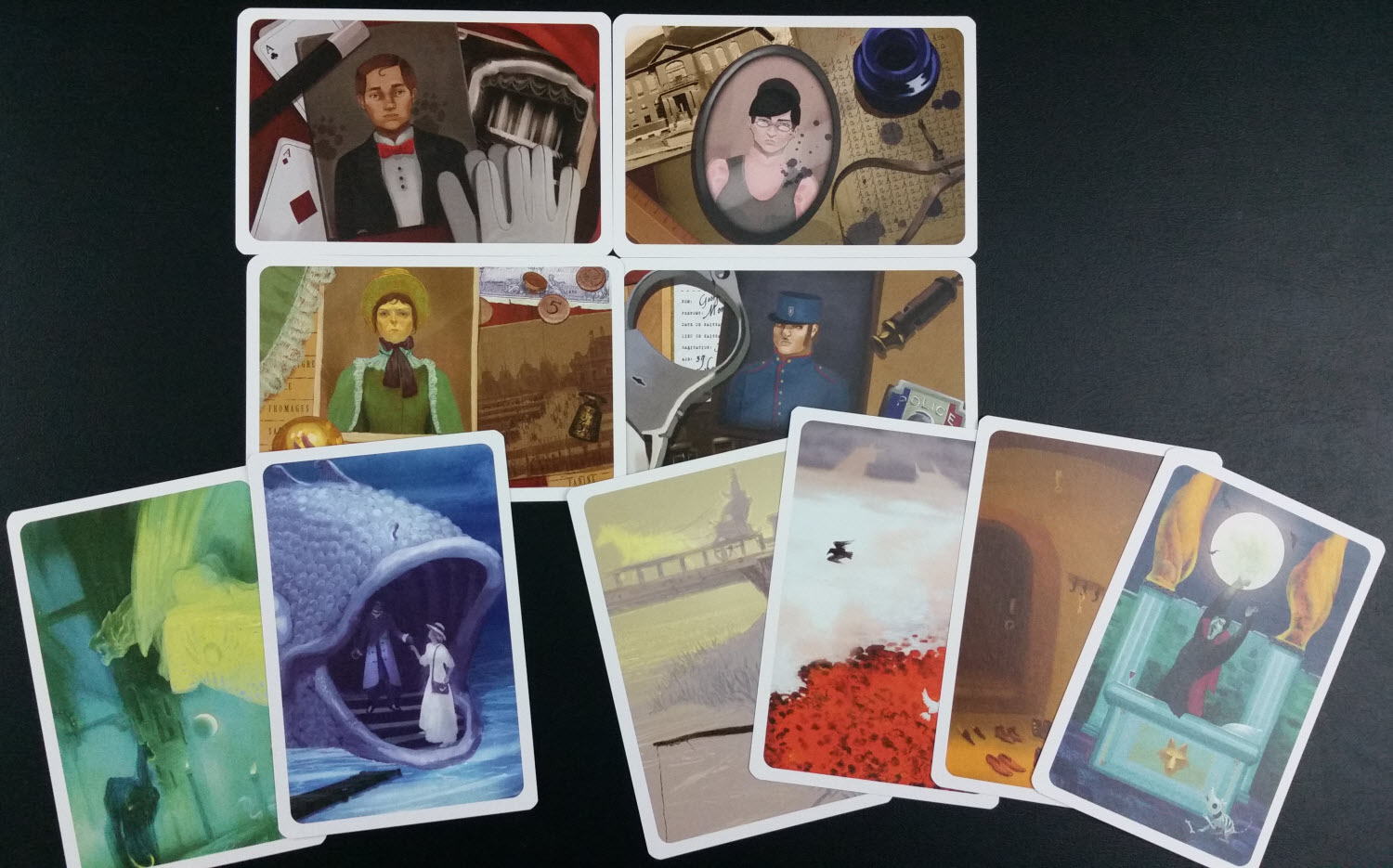
The Polish endgame. Your clues are a picture of a gargoyle and a fish. The rest are what not to use. Good luck.
By contrast, the Ukranian rules has each player display all three of their discovered cards in a stack. Then, the Spirit secretly chooses a stack and selects exactly three cards to show, with each hinting at the correct stack’s Item, Location, and Character respectively. If you’re wrong, the stack is removed but no new Dream cards are given.
Such discrepancies are easy to overcome, however, and both approaches have merit. Some avoid the Ukranian version, for example, since it’s more difficult the more players you have. Others feel that the Polish version has a flavor misstep by having the spirit showing the Dream cards that don’t pertain to the actual dream. What’s more, while the nearly-interchangeable nature of Mysterium’s victory conditions deflate the endgame’s significance slightly, this doesn’t detract from the game’s overall value. For most players, simply making the final stage is considered a triumph. Mysterium ironically takes what should be a mark against it and uses it to further illustrate that no matter which version you use, the heart of the game is the adventure itself .
The Takeaway
Mysterium may be one step above an exercise of interpreting one another’s thoughts, but that doesn’t stop it from delivering a superb experience. Mysterium is a highly rewarding ride of social engagement and deduction that’s more substantive than a typical party game but remains light on rules and heavy on player interaction. The game is suspenseful without ever feeling negative and cooperative while keeping everyone equally involved. Using exemplary artwork alongside a simple but challenging goal, Mysterium is an ideal lightweight game for those short on time or seeking something a little different. Above all however, and much to the chagrin of the ghost, the most laudable thing about Mysterium is that whether you solve its whodunit mystery or not is largely irrelevant – as the act of playing really is reward enough.
Mysterium is a product of Portal Games.
Cardboard Republic Snapshot Scoring (Based on scale of 5):
Artwork: 5
Rules Clarity: 4
Replay Value: 4.5
Physical Quality: 4
Overall Score: 4.5
Photo Credits: Casper by Wikia; Ghostbusters by Columbia Pictures.

